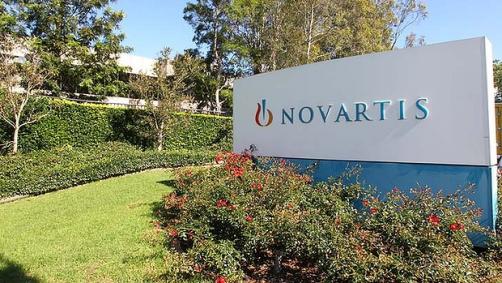
Novartis unveils strong Phase 3 efficacy for one-time therapy Zolgensma in paediatric spinal muscular atrophy
pharmafile | October 1, 2020 | News story | Research and Development | Novartis, Zolgensma, spinal muscular atrophy
Novartis has lifted the curtain on new Phase 3 data from an ongoing trial of 33 participants on the efficacy of its one-time intravenous infusion of Zolgensma (onasemnogene abeparvovec) in the treatment of spinal muscular atrophy (SMA) Type 1 in paediatric patients.
In the study, the average age in participants at the time of dosing was 4.1 months, with an average age of 1.6 at initial onset of symptoms. The average duration of treatment among patients was 10.6 months before data cutoff
The average baseline score on the Children’s Hospital of Philadelphia Infant Test of Neuromuscular Disorders (CHOP INTEND) in participants was 28 pre-treatment, with some patients suffering from a more severe phenotype and therefore showing lower scores. At the time of data collection, patients receiving Zolgensma had seen an average increase of 5.9 points on the CHOP INTEND scale from baseline as early as month after dosing, with this benefit rising to an average increase of 10.1 points at three months and 13.3 points at six months.
65.6% of participants were able to maintain a CHOP INTEND score of at least 40, while 37.5% were able to maintain a score of at least 50 – both of which are achievements unheard of in the natural progression of SMA.
It was found that 97% of patients in the intent-to-treat population receiving Zolgensma in the study had survived event-free by the time of analysis, meaning they did not require a tracheostomy or more than 16 hours of daily respiratory assistance for at least 14 days. In untreated SMA patients, only 50% and 25% survive event-free until the age of 10.5 months and 13.6 months respectively; with Zolgensma, 93.8% and 56.3% achieved these milestones.
Novartis’ drug was shown to meet its primary endpoint, with 18.8% of participants able to sit independently for at least 10 seconds, while 66.7% were able to control their head and 25% were able to roll from their back onto their sides.
Dr Professor Eugenio Mercuri, Department of Pediatric Neurology at the Catholic University in Rome, remarked on the findings: “We are seeing further evidence of the potential of Zolgensma to effectively halt motor neuron loss following a one-time, intravenous infusion. In STR1VE-EU, patients achieved rapid improvements in motor function following treatment with Zolgensma, and most have already achieved motor milestones not observed in the natural history of SMA Type 1. These interim results are especially encouraging considering STR1VE-EU includes some patients with a more severe phenotype than in the START and STR1VE-US studies, further supporting the gene therapy’s positive benefit/risk profile, even in this more fragile population.”
Matt Fellows
Related Content

Novartis shares new data about Fabhalta for IgAN treatment
Novartis has announced new results from a pre-specified interim analysis of its phase 3 APPLAUSE-IgAN …

Novartis shares new data for Zolgensma in children with SMA
Novartis has announced new data to continue the support of the clinical benefits of Zolgensma …

Novartis to acquire MorphoSys AG for €2.7bn
Novartis has announced that it has entered an agreement to acquire MorphoSys AG for €2.7bn, …







